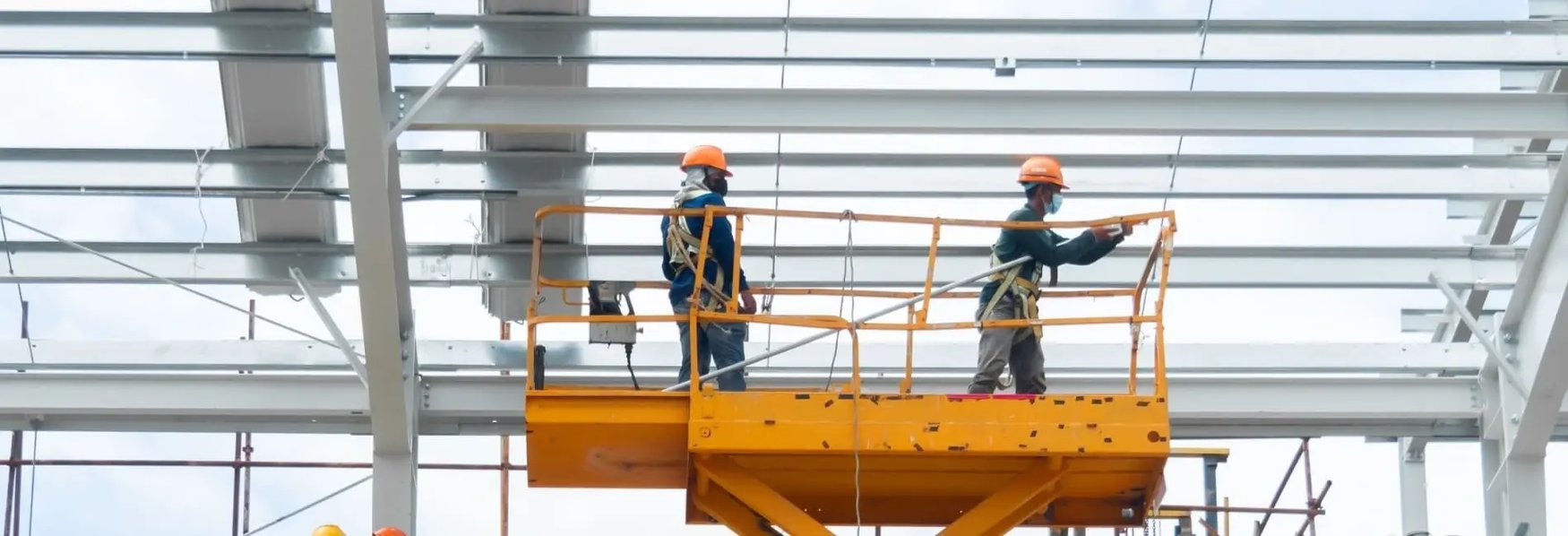The Essential Guide to MEP Coordination: Elevating Your Architectural Projects

In the world of construction, streamlined collaboration between architects and engineers is often a game-changer. Enter MEP coordination—a crucial element in elevating architectural projects to new heights. But what is MEP coordination, and why is it essential for successful building designs? This comprehensive guide will introduce you to the concept and importance of MEP coordination, providing insights and practical tips for architects, building engineers, project managers, construction firms, and building owners.
What is architectural design?
Architectural design is the art and science of creating spaces that are functional, aesthetic, and sustainable. It encompasses the planning and conceptualization of buildings, considering elements like form, function, and materials. The process of architectural design starts after an architect consults with the client. During this stage, they discuss the project’s budget, spatial requirements, visual appearance, expected completion date, and other objects. It's a harmonious blend of creativity and technical expertise.
What is MEP Design?
MEP design, short for Mechanical, Electrical, and Plumbing design, involves planning and integrating the essential systems in buildings that control climate, power distribution, lighting, water supply, and waste removal. It ensures that mechanical systems (like HVAC), electrical systems (such as power and lighting), and plumbing systems are coordinated to operate efficiently and meet safety standards, comfort, and functionality. MEP design is critical in the construction phase to avoid clashes and optimize space, performance, and sustainability in building projects.
As per Industry report, The U.S. MEP Services Market is projected to grow from USD 45.39 billion in 2024 to USD 87.96 billion by 2029, with a CAGR of 14.15%.
Why is a collaboration between architects and MEP Engineers important?
The collaboration between architects and MEP engineers is fundamental to the success of any construction project. Architects focus on the aesthetic and functional aspects, while MEP engineers ensure the integration of essential systems. This partnership is vital to avoid design conflicts and ensure that all systems work harmoniously within the architectural framework.
As per a recent report, The architectural services market size is expected to grow $263.05 billion in 2028 at a compound annual growth rate (CAGR) of 6.4%.
- Enhanced Safety: Collaboration ensures that fire protection, emergency lighting, and ventilation systems are strategically placed, enhancing overall building safety.
- Cost Control: Early-stage collaboration reduces the risk of costly redesigns and project delays by identifying potential conflicts and integrating efficient solutions from the start.
- Code Compliance: Working together helps ensure that building codes and regulations for safety, accessibility, and sustainability are met in both architectural and MEP aspects.
- Space Optimization: Close coordination ensures that MEP systems fit within the building layout without compromising architectural design or usable space.
- System Efficiency: MEP engineers and architects can collaborate on sustainable designs that reduce energy consumption, incorporating elements like natural ventilation, efficient lighting, and renewable energy.
- Improved Project Timeline: With coordinated schedules and streamlined workflows, collaboration helps keep the project on track, reducing downtime and facilitating a smoother construction process.
- Client Satisfaction: The combined expertise of architects and MEP engineers helps create a building that is both aesthetically pleasing and functional, meeting client expectations comprehensively.
How technology enhances efficiency in MEP coordination
Technology plays a crucial role in enhancing efficiency in MEP coordination. Advanced software tools and digital platforms enable architects and engineers to collaborate more effectively, streamlining the design and construction process. These technologies facilitate real-time communication, data sharing, and decision-making, ensuring that all stakeholders are informed and aligned throughout the project.
- Essential MEP Integration: Successful integration of mechanical, electrical, and plumbing (MEP) systems is key to executing complex architectural designs effectively.
- Impact of Technology: Modern technology has transformed MEP coordination, making it more streamlined and efficient compared to traditional manual processes.
- Role of BIM Software: Building Information Modeling (BIM) has been a breakthrough, offering 3D modeling and data management that facilitate smooth MEP system integration and reduce conflicts. According to market insight, The global BIM market is expected to grow at a compound annual growth rate (CAGR) of 13.3% from 2024 to 2034.
- Clash Detection: BIM enables early clash detection by simulating MEP installations in a virtual environment, preventing costly rework and construction delays.
- Real-Time Collaboration: Cloud-based BIM platforms allow architects, engineers, and contractors to collaborate in real time, minimizing miscommunication and keeping all teams aligned.
- Competitive Advantage: Embracing advanced tools is essential in today’s architectural landscape, enabling seamless MEP integration, better communication, and efficient project delivery.
Key Challenges in Mep Coordination and Effective Strategies for Resolution
Despite the many benefits of MEP coordination, challenges can arise during the design and construction process. These challenges can lead to delays, cost overruns, and compromised quality if not addressed effectively. Understanding these challenges and implementing strategies to overcome them is essential for successful MEP coordination.
1. Communication Gaps:
Problem:
Miscommunication between architects and MEP engineers can lead to design conflicts, delays, and increased costs. Often, architects may not fully understand the technical requirements of MEP systems, while engineers might overlook architectural aesthetics.
Solution:
Establish regular coordination meetings to facilitate open dialogue. Implementing collaborative tools such as Building Information Modeling (BIM) can help create a shared understanding of the project, allowing both parties to visualize the integration of systems.
2. Space Constraints:
Problem:
Limited space within complex architectural designs can hinder the installation of MEP components, leading to potential conflicts with structural elements.
Solution:
Address space limitations early in the design phase by involving MEP engineers in initial discussions. Using 3D modeling techniques can help identify and resolve spatial challenges before construction begins.
3. Trade coordination (clash detection and resolution):
Problem:
Without correct clash detection, conflicts between MEP systems and architectural elements can arise during construction, resulting in costly rework and delays.
Solution:
Utilize advanced clash detection software as part of the BIM process. This allows for early identification of conflicts and provides a platform for collaborative problem-solving among stakeholders.
4. Project Timeline Management:
Problem:
Delays in MEP coordination can disrupt project timelines, impacting overall delivery and client satisfaction.
Solution:
Implement a detailed project management plan that includes milestones for MEP coordination. Regular progress reviews and adaptive scheduling can help keep all parties accountable and aligned with the project timeline.
Practical Tips by NY Engineers on Architects and Engineers Collaboration
• Start early:
Initiating collaboration between architects and MEP engineers at the project's inception is crucial. Early involvement allows for the integration of MEP systems into the architectural design, minimizing conflicts and ensuring a holistic approach. This proactive approach leads to better coordination, improved efficiency, and a smoother construction process.
• Improve Communication:
Establishing clear communication channels is essential for successful collaboration.Regular meetings, updates, and progress reports can ensure that all parties are informed and engaged. Digital tools and platforms, such as cloud-based collaboration software, can facilitate real-time communication and data sharing, enhancing efficiency and transparency.
• Regularly review and update designs:
Continuous review and updates of designs are necessary to accommodate changes and improvements. Schedule regular design reviews with all stakeholders to assess progress, address challenges, and incorporate feedback. This iterative process ensures that the project remains aligned with the original vision while allowing for necessary adjustments.
• Focus on Site Survey Accuracy:
Inaccurate site surveys can lead to significant issues in MEP coordination, causing delays and cost overruns. To mitigate this risk, invest in advanced surveying techniques such as 3D laser scanning and drones to gather precise site data. Ensure that all survey data is validated and cross-referenced with existing plans. By maintaining accurate site information, you can make informed decisions and avoid costly errors during construction.
• Coordinate changes in a better way:
Architect-initiated changes, like wall moves or layout adjustments, often affect MEP systems, requiring re-coordination and time-consuming re-approval from authorities.To manage architect-initiated changes that impact MEP systems, establish a streamlined communication and review process for design adjustments. This allows prompt re-coordination and early submission for required approvals, minimizing delays and ensuring compliance.
Conclusion
In the dynamic world of construction, mastering MEP coordination is essential for delivering successful architectural projects. Through collaboration, communication, and leveraging technology, architects and engineers can overcome challenges and deliver exceptional buildings. By prioritizing early engagement, regularly reviewing designs, and addressing challenges such as inaccurate site surveys and design changes, stakeholders can ensure that their projects meet the highest standards of quality and efficiency.
It's a partnership where creative vision and technical expertise converge, leading to a brighter, more sustainable future in the world of architecture and engineering. NY Engineers is here to help. Our team of experienced engineers is dedicated to delivering high-quality, sustainable solutions that stand the test of time. Contact Us Today to discuss your project needs and see how we can assist you in achieving excellence in architectural and MEP integration.

Ankit Javeri
Ankit is the Project Manager at NY Engineers, who holds an M.Tech. Some of his projects includes Community Access, Jackson Avenue
Join 15,000+ Fellow Architects and Contractors
Get expert engineering tips straight to your inbox. Subscribe to the NY Engineers Blog below.


